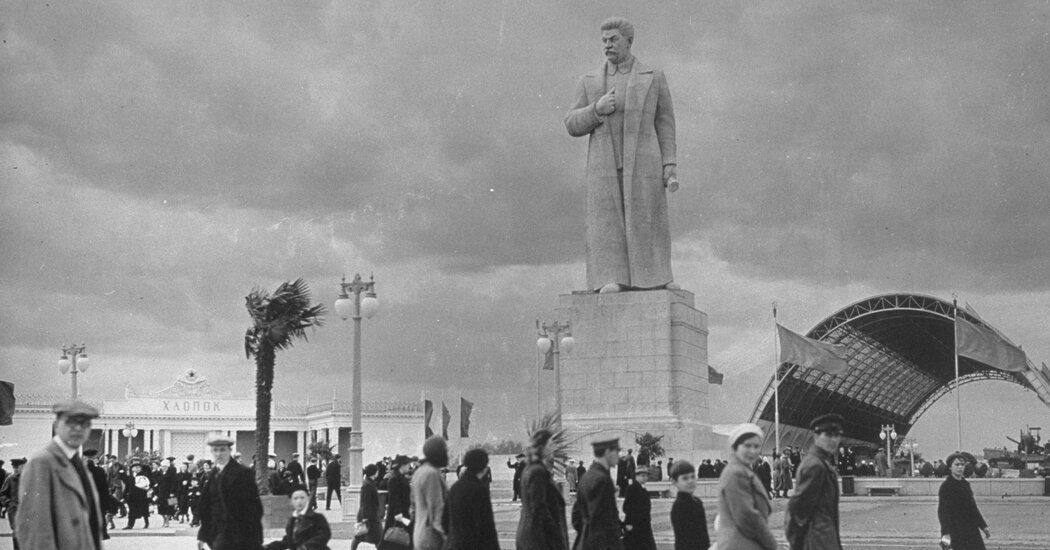How Stalin’s Control of Foreign Reporters Helped Shape Russia Coverage Today
In the early years of World War II, Godfrey Blunden, an ambitious Australian correspondent for The Sydney Daily Telegraph, was hardly a household name. But in the winter of 1943, Blunden, then a Moscow-based reporter, suddenly came out with one blockbuster wartime story after another. Taken by Soviet press handlers to front lines first in Russia and then Ukraine, he revealed Nazi atrocities in Kharkiv. The Germans, he reported, had slaughtered 15,000 Jewish civilians — some of whom had been made to dig their own graves first.
The dispatches made Blunden’s reputation as a war correspondent, says Alan Philps, author of “The Red Hotel: Moscow 1941, the Metropol Hotel, and the Untold Story of Stalin’s Propaganda War,” out on July 4 from Pegasus Books, and himself an on-again, off-again Moscow correspondent since the late 1970s. What the Daily Telegraph’s readers did not know, Philps wrote, is that Blunden’s reporting on atrocities was selective.
During the Kharkiv press tour, Soviet press handlers — eager to showcase additional German crimes against humanity — also took Blunden and other Western reporters to a former Gestapo prison where Nazis had tortured and murdered thousands of Ukrainians. The visit was a mistake: The jail’s cellars had been repurposed by the Soviet secret police to torture and execute suspected Ukrainian nationalists. The journalists were quickly ushered out.
The mistake didn’t matter. Blunden and his colleagues were unable to report the story — or anything unflattering to their Soviet hosts. The Allied press corps based in wartime Moscow had to play by Russian rules: No unsupervised travel outside the city — or even outside their outpost, the Metropol Hotel. No interviewing or fraternizing with Soviet citizens. No opposing the stringent censorship. For the several dozen western correspondents stashed at the Metropol, Russia was at once the potential source of some of the war’s biggest stories, and also a journalistic desert.
Source: The New York Times


